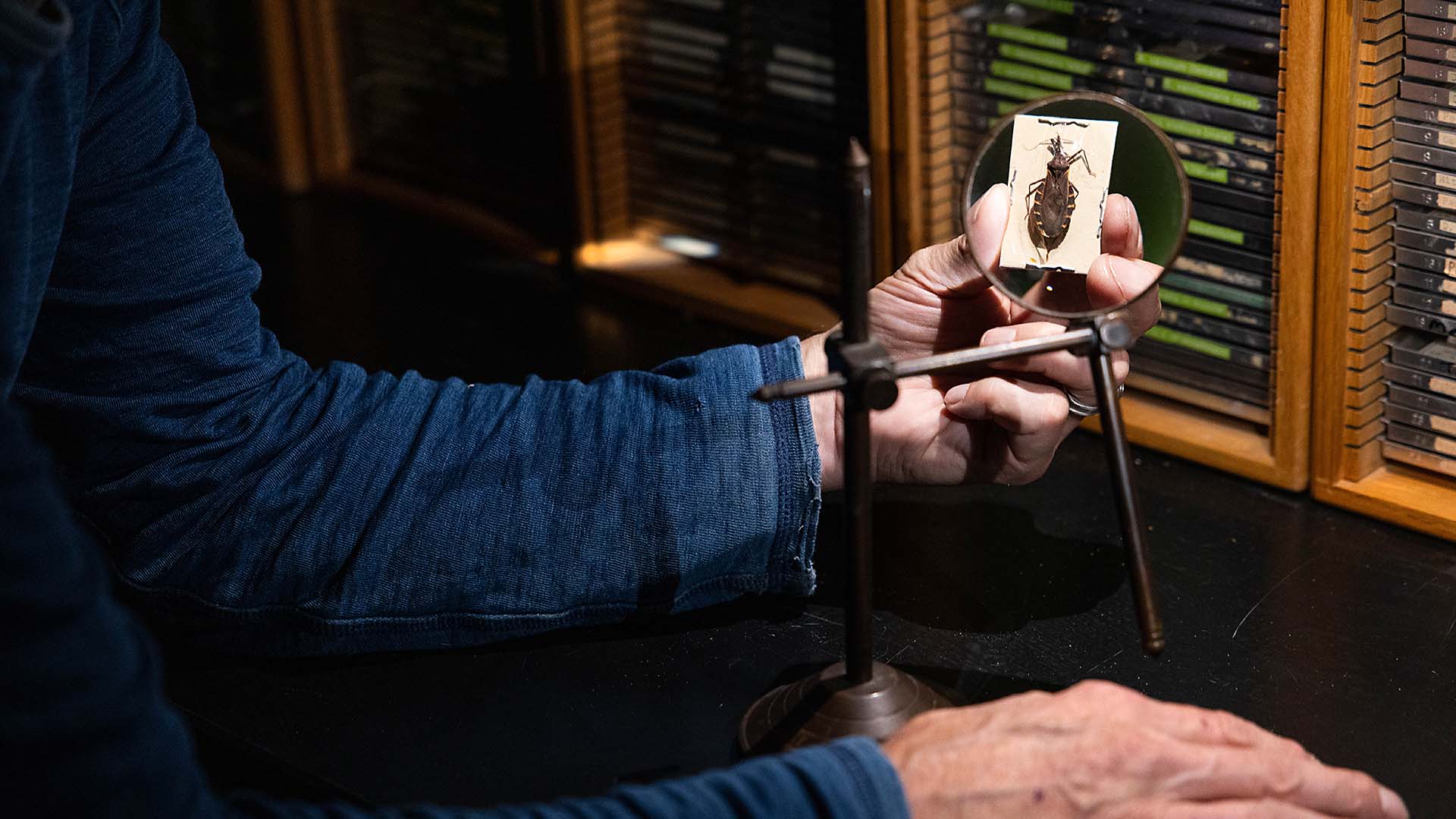When going viral goes wrong
TikTok's 'Penny Challenge' is the latest social media stunt putting young people at risk. Why do they keep doing it?

Here we go again.
It sometimes feels like we’re exposed to a fresh strain of social media lunacy every month. But the troubling intersection where youthful naivete meets the worst impulses of the internet may have hit peak stupid this first month of 2020 with TikTok’s Penny Challenge.
In case you’ve missed it, the “challenge” involves dropping a penny onto the live prongs of a partially inserted phone charger to deliberately cause a short circuit and create a mini-fireworks display.
“This is incredibly foolish on so many levels,” says Kevin Hammons, Fire and Emergency Response Administration lecturer at Metropolitan State University of Denver. “First, you could easily electrocute yourself. The phone charger could catch fire. Or the sparks could ignite other materials lying around.”
And that’s only the beginning: “There’s also a chance you’ll unknowingly start a fire behind the wall, which then smolders for hours before catching on while everyone’s asleep. From a fire-safety perspective, it’s literally the worst thing you could do.”
Be aware of a new TikTok challenge involving teens dropping a penny behind phone charger that is partially plugged into an electrical outlet, unfortunately, an incident happened at one of our local middle schools #ColoradoSpringsFire https://t.co/bm4ZoAqOhf pic.twitter.com/Z4JsTheCAt
— CSFD PIO (@CSFDPIO) January 28, 2020
Risky business
So the Penny Challenge isn’t such a good idea, then. That hasn’t stopped hordes of young Americans gleefully trying their hand at small-time arson. What is compelling them to do something so obviously dangerous?
“Ultimately, it all comes down to wanting to be accepted,” says Samuel Jay, Ph.D., Communication Arts and Sciences professor at MSU Denver. “The internet has become the measuring stick for young people, and its currency is how many likes and followers you have.”
Many teenagers and even younger children now get so much validation from their perceived success online that raising the risk level for viral challenges can seem irresistible, Jay says. “And that leads to some pretty extreme behavior,” he says.
He’s not joking. The past few years have seen a glut of viral challenges, ranging from merely puerile (the Condom Snorting Challenge) to reckless to outright deadly.
Remember the recent “In My Feelings” Challenge, where people jumped out of moving vehicles to start dancing, sometimes on busy highways? What about the Tide Pod Challenge, where teenagers willingly ingested laundry-detergent packets?
It gets worse. Two weeks ago, an 11-year-old girl from Florida suffered second-degree burns and destroyed her family’s home while attempting the “Fire Challenge,” in which kids pour flammable liquid on themselves and set it alight.
An audience for reckless behavior
Of course, young people testing their limits and doing dumb stuff is nothing new. “When I was a kid, we played chicken and double-dare,” Hammons recalls, “which almost always ended up with someone bleeding. And to an extent, the viral stunts are just a high-tech version of that.”
But there’s a key difference. The whole point of these challenges isn’t so much to do them as to record them on video, then post the results in search of more online recognition. Whereas kids once sought only to impress their friends, now an audience of potentially millions hovers tantalizingly within reach – if only they can do something deranged enough. And that raises the stakes exponentially.
Hammons is concerned. Over a long career with the emergency services, he has seen many – way too many – children left with life-changing injuries after a dare went wrong.
“Kids tend to act impulsively within the thrill of the moment,” he says, “but there are consequences to such reckless behavior. And believe me, no amount of ‘likes’ is worth risking a serious injury or even your own life.”
While we mainly associate viral stunts with young people, it’s worth remembering that they don’t have a monopoly on moronic behavior. Most of the viral “stars” you may have recently seen eating cereal out of other people’s mouths, doing indescribable things with soy sauce or getting arrested for opening and licking ice-cream cartons in stores, were adults. What gives?
“Regardless of age, some people just have a craving for attention and popularity,” Jay says, “and these viral exploits help feed that need.”
There’s another interesting glitch: While only a minority are natural performers, it turns out the rest of us are naturally drawn to watching people do dumb stuff. This is a primal urge, apparently. Even research on chimpanzees shows they just love to see other apes performing crazy antics.
“There’s a good reason why the ‘clown’ figure is a big staple of literature and ‘Jackass’ was such a global success,” Jay says. “Basically, we love the idiot, and the idiot loves the attention.”
Inspiring activity
It’s not all dispiriting news, however: Viral trends can also be a force for good. The global phenomenon of the Ice Bucket Challenge, for example, was at heart just another online challenge. But rather than a selfish yearning for likes, it instead harnessed a genuine sense of community and desire to take positive action for ALS, or amyotrophic lateral sclerosis, a progressive neurodegenerative disease that affects nerve cells in the brain and the spinal cord.
“The ALS Ice Bucket Challenge was a tremendous event in our Association’s history, raising $115 million in the summer of 2014,” according to a statement on the ALS Association webpage. “Not only did it bring awareness to this devastating disease, it importantly spurred a huge increase in our research budget. Since the IBC, we have committed over $96.4 million toward our mission, including over $84 million in research projects.”
And such positive outcomes aren’t so unusual, Jay says. He’s convinced that we focus way too much on the bad stuff because it’s salacious and clickbaity without really acknowledging the enormous amount of inspiring activity online.
“Just think of the countless viral campaigns championing charities and social-justice causes,” Jay says. “We should be more optimistic because on the whole the balance ultimately favors the good.”
The false confidence of youth
Despite having so many worthwhile options online, hundreds of young people still choose instead to dabble in high-stakes stunts – car-surfing, driving blindfolded, hanging one-armed from buildings – that could literally end their lives.
Aren’t they ever afraid? Even given their strong craving for online status, doesn’t a basic sense of self-preservation sometimes kick in?
Hammons might be able to answer that. Decades of dealing with the grimmer consequences of misfired pranks has taught him a valuable lesson: People tend to assume they’re invulnerable until something goes wrong.
“We all secretly think we’re a little smarter than the other person,” he says. “And especially in our younger years, there’s a mindset that you can get away with pretty much anything.”
So even though many of the most popular viral challenges are steeped in risk, if someone thinks they can beat the odds, then they probably still won’t be put off.
“People are convinced it won’t happen to them,” Hammons says. “Just add in a dash of vanity and a double dose of youthful recklessness, and there’s likely to be trouble in store.”







